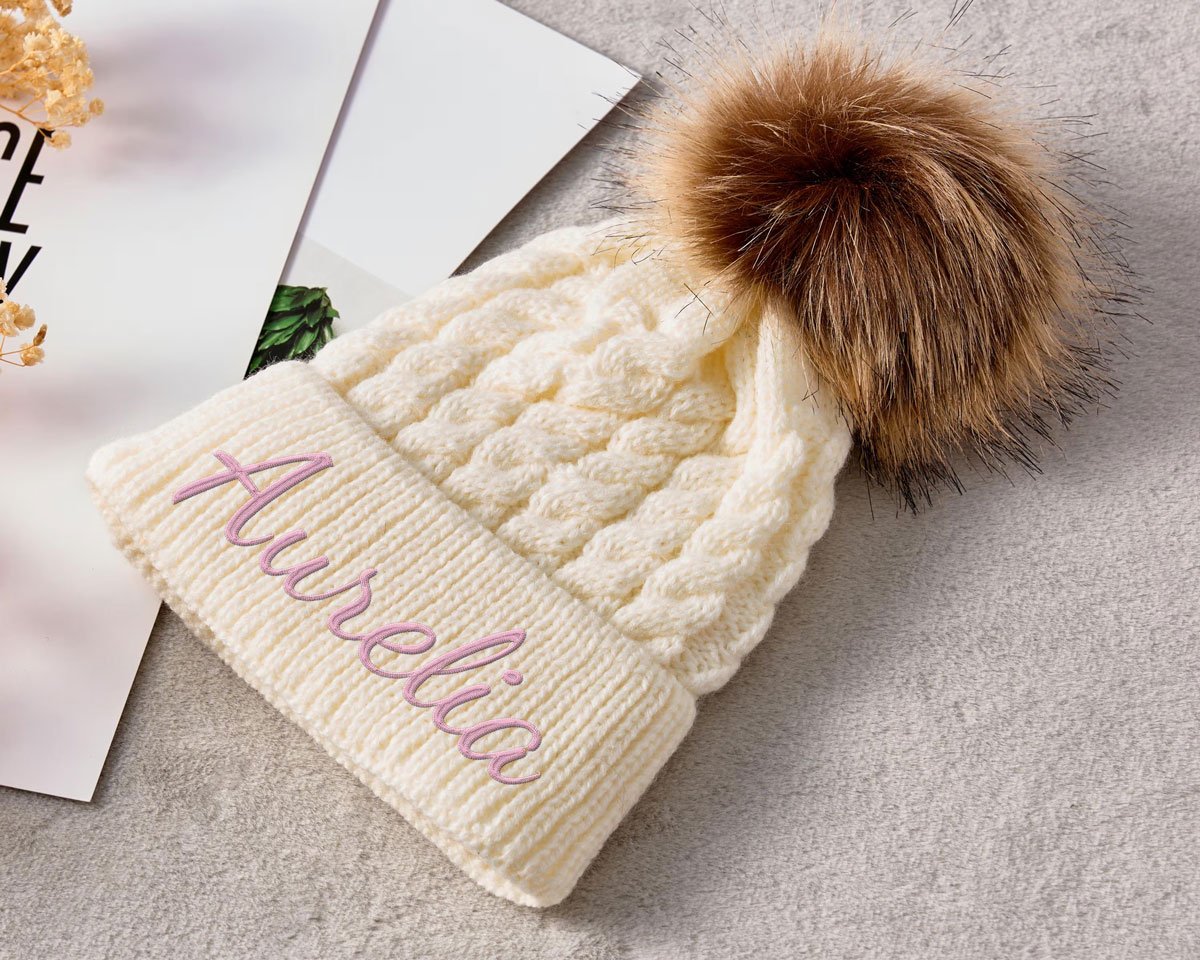Intro
While custom hats may seem simple, making one is actually quite complex, meticulous, and demanding. Therefore, choosing the right hat manufacturer is crucial. Choose a professional hat customization company like Aungwinter, offering professional, one-stop service.
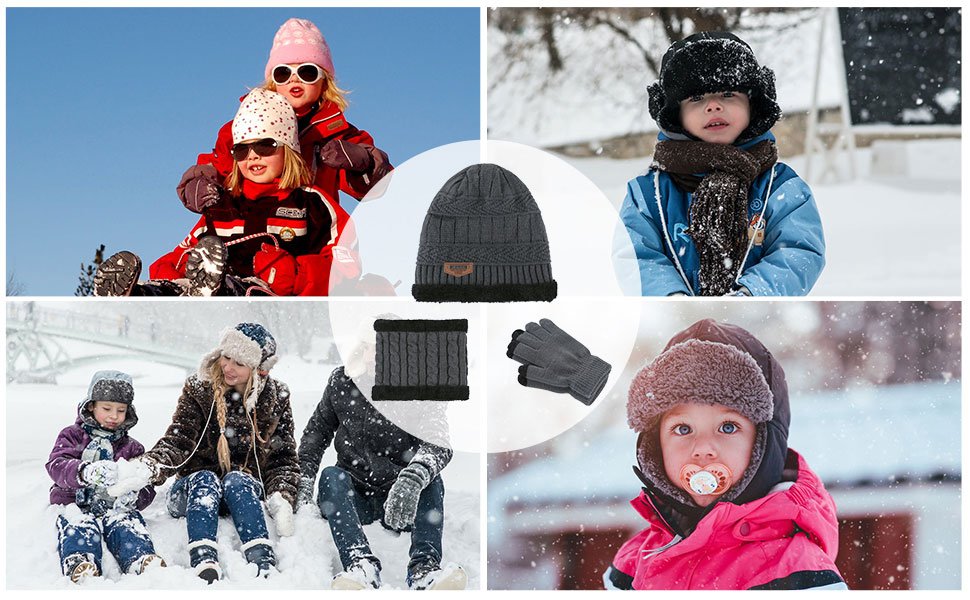
Hat embroidery is a popular and common craft when customizing hats. There are many types of embroidery techniques, and different embroidery techniques can create many different effects. Today, we at Mao Shijia, who specialize in hat customization, will introduce you to the embroidery craft!
Embroidery craft
Embroidery can transform an ordinary hat into something truly special. A wide variety of techniques are employed. The general process for embroidering a hat involves a professional designer creating a distinctive, aesthetically pleasing pattern or logo using a computer. Embroidery is then applied to the appropriate fabric, either by machine or by hand. The finished fabric is then cut and trimmed by the cutting department and its technicians. After a series of complex operations, the finished fabric is embroidered with a pattern and design.
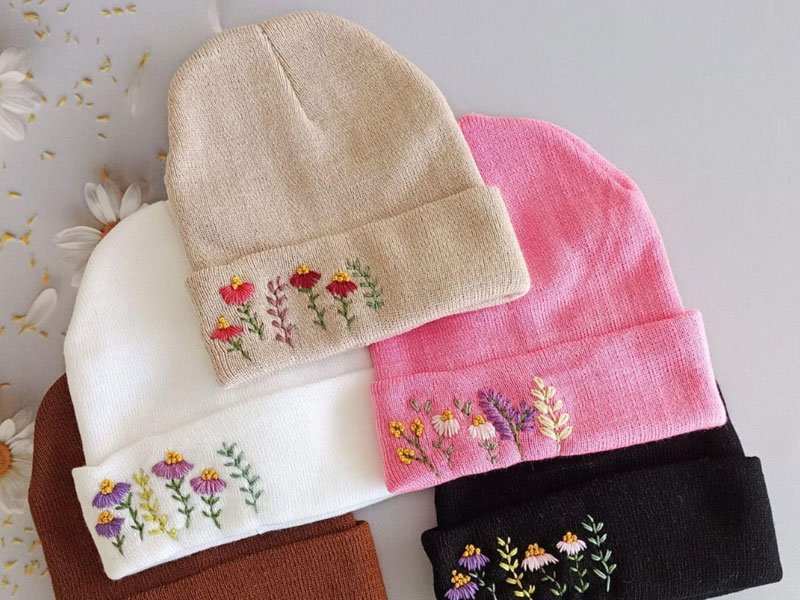
Process requirements and treatment methods
The flatness and pattern layering of embroidered hats are much stronger than those of some other hats. Common embroidery hat techniques include flat embroidery, 3D flat embroidery, towel embroidery, appliqué embroidery, and knitted embroidery.
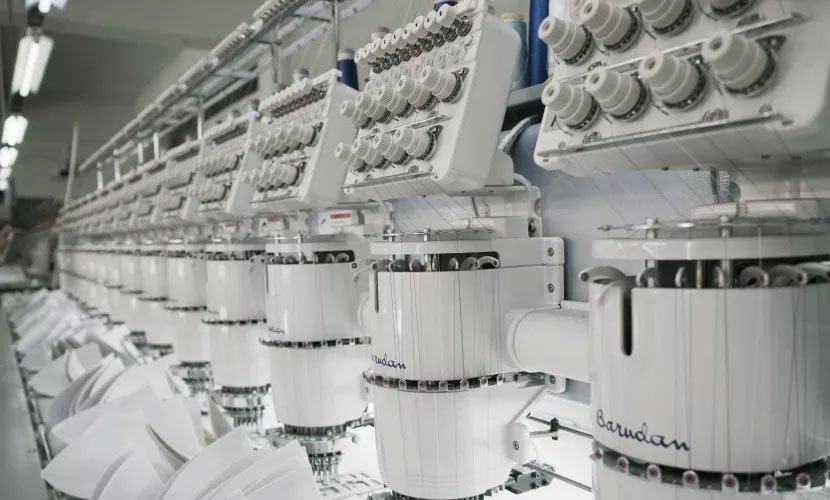
Hat customization factories require that the positioning, thread color, and pattern of embroidered hats must be consistent with the color draft, hat sample, and process sheet, and the letters must be clear.
Flat embroidery
The patterns should be parallel and centered
Common quality problems include: bottom leakage, line casting, pilling, and displacement.
Solution: Modify the pattern and add needles, make the bottom lines even, stick the glue firmly and change the needles.
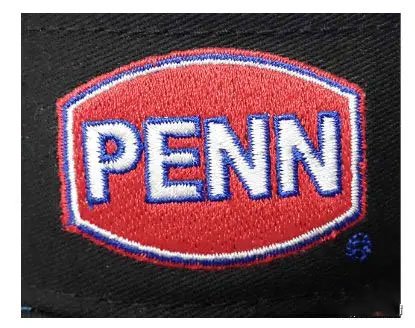
3D embroidery
Common quality problems include: EVA leakage, uneven EVA, loose needle locks, and thread movement.
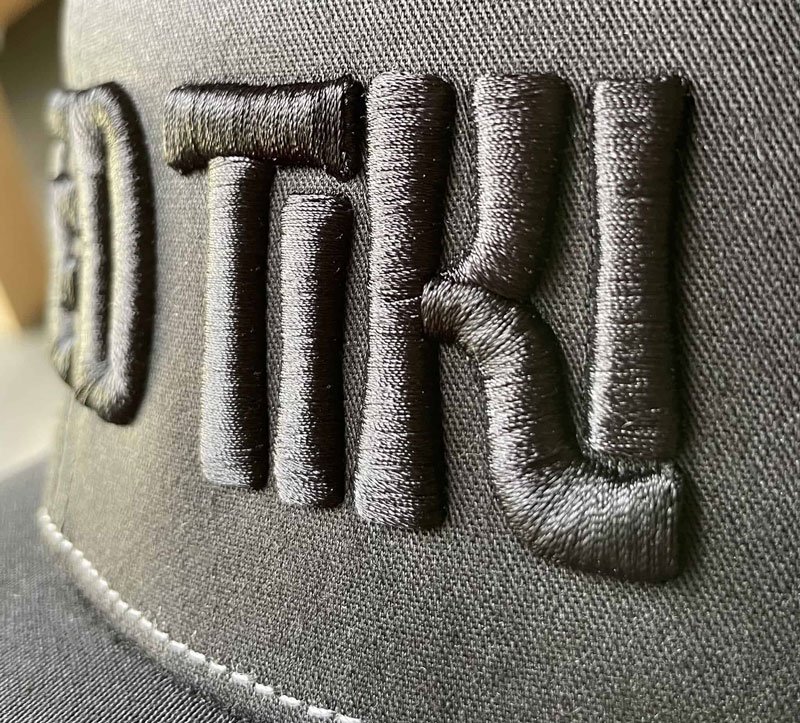
Solution: Use EVA of the same height and specifications. Ensure the EVA’s hardness is within the specified range. Do not overwrap the stitches too thinly or too densely. Do not leave the bottom thread of the lockstitch too short. If the thread is loose, heat it to fix it.
Towel embroidery
The embroidery height should be consistent with the hat, the density of the wool yarn should be moderate, and the letters should be clear.
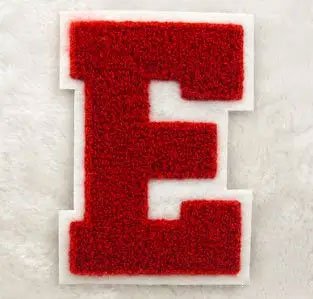
Common quality issues: displacement; unclear letters.
Solution: Modify the pattern or pay attention to the operation gestures. The yarn should be firm and even.
4. Applique embroidery
The edge should be smooth and firmly wrapped, the patch should not be exposed, and it should be centered on the left and right.
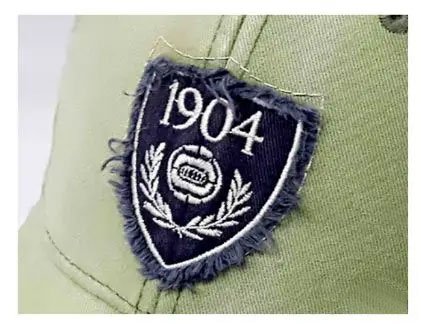
Common quality issues include: patch leakage.
Solution: Modify the pattern and add stitches, and ensure the patch size meets the requirements.
5Knitted embroidery
Pay attention to the front and back of the stripes and embroidery pieces.
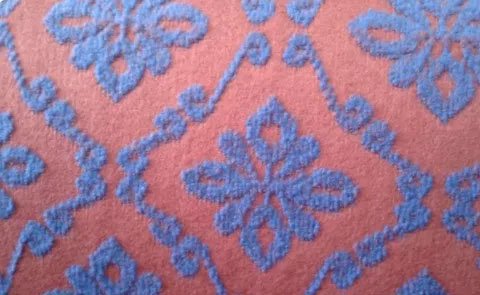
Common quality issues include: pattern misalignment and embroidery patches being stuck upside down.
Solution: Add backing paper under the embroidery piece, clearly mark the front and back of the woven piece, and the operator must perform standard operations.
Metal wire embroidery
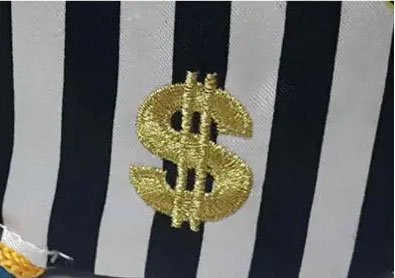
This metal wire has a layer of metal film on the outside, and the embroidered pattern has a very bright luster. However, when customizing hats with this embroidery process, friction between the embroidery thread and the fabric is very likely to occur, generating heat and causing thread breakage, which is very difficult.

